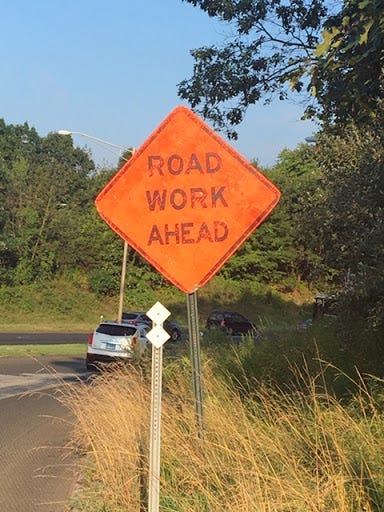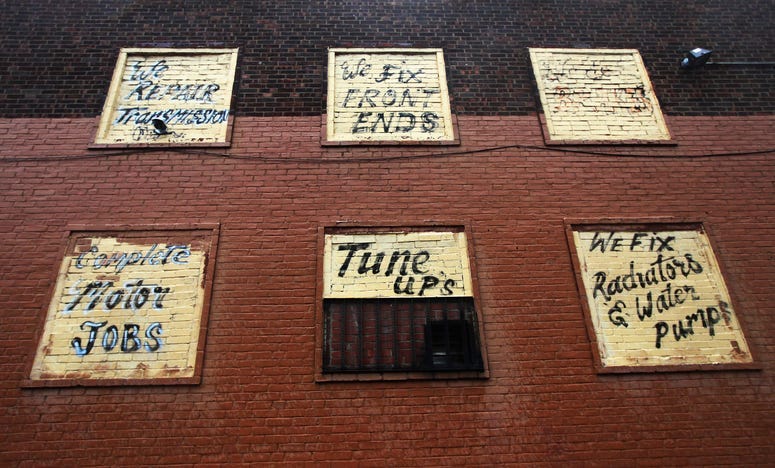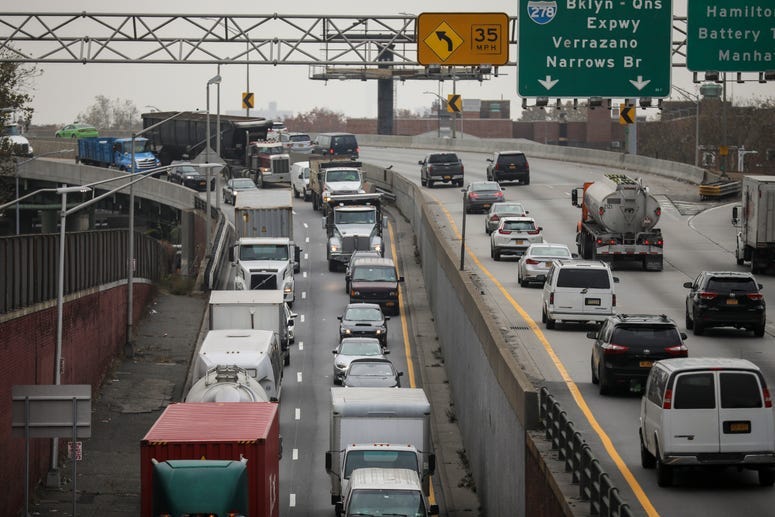
NEW YORK (1010 WINS) -- Under repair and overused, the national web of streets and highways is for the most part, worn out -- and for motorists, the meter is running.
The National Transportation Research Group (TRIP), a private nonprofit that researches and distributes economic and technical data on surface transportation issues, estimates the average motorist wastes 45 hours a year stuck in traffic.
Add it all up, and TRIP calculates your lost time and fuel totaled 176 billion dollars last year.
But the toll isn’t limited to time and money. The National Safety Council estimates 40,000 people died on U.S. roads in 2018, a 14 percent increase since 2014. The NSC says someone is injured in a car crash every seven seconds.
The country's deteriorating roads also take a toll on vehicles. Drivers describe bone-jarring drops into potholes, and expensive trips to the auto repair shops.

It’s no accident in New York City, for example, that repair and body shops cluster near exits off their biggest source of income: The Cross Bronx Expressway, the Van Wyck Expressway, and the notorious Brooklyn-Queens Expressway.
Part 1: THE OVERVIEW: Why America's infrastructure crisis is so problematic
Part 3: THE COST: How much will it cost to fix the nation's roads ... and who will pay for it?
Part 4: SOLUTIONS: How some cities, states are fixing their infrastructure crisis

The BQE has reached such a state of disrepair that engineers say it will need to be shut down if its not replaced in a few years.
Changing the nation's transportation pattern isn't easy, nor is it popular. For over six years, Janette Sadik Khan was in charge of New York City streets as Mayor Mike Bloomberg’s Transportation Commissioner. She advocated the closing down of busy sections of street in favor of pedestrian plazas, added 400 miles of bike lanes, and implemented the bike share program CitiBike. There were plenty of skeptics, but those changes are now integral part of life in the city.

While bikes continue to grow as an auto alternative, it comes with a steep price. In 2018, ten cyclists were killed on NYC streets. This year, that number matched by mid-May.
Experts say to make city streets safer, some of the cars need to be eliminated. Congestion pricing, increased parking fees make it more expensive and therefore, less desirable to drive.
Better roads, safer roads, fewer cars -- all great ideas in theory but pricey in reality.
